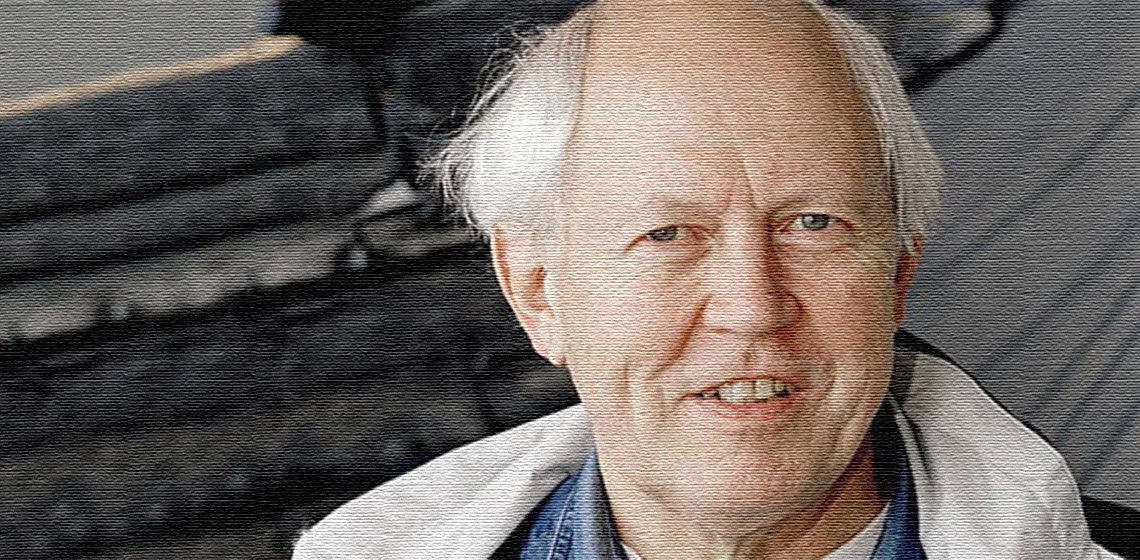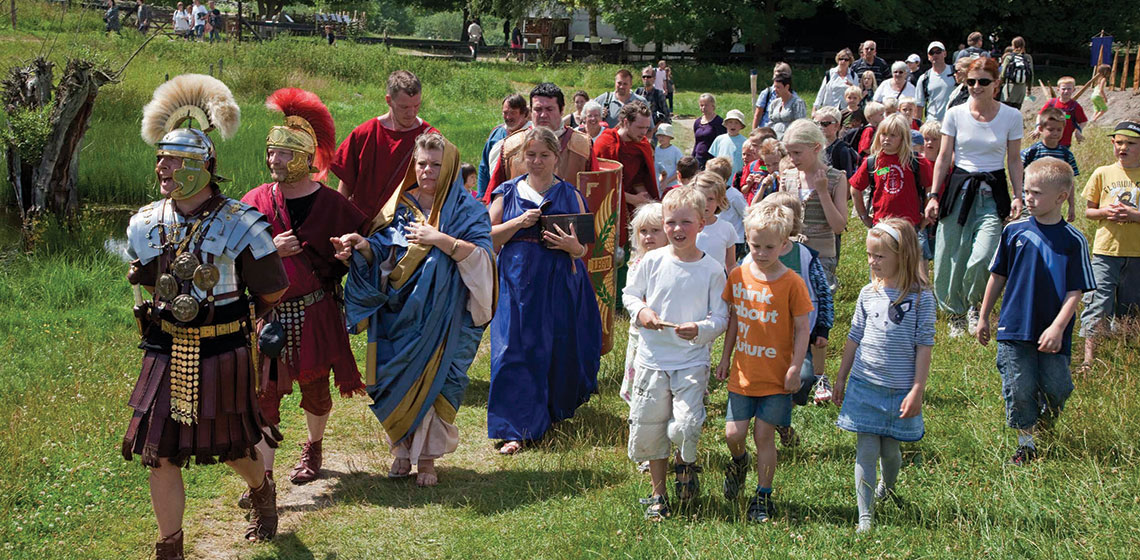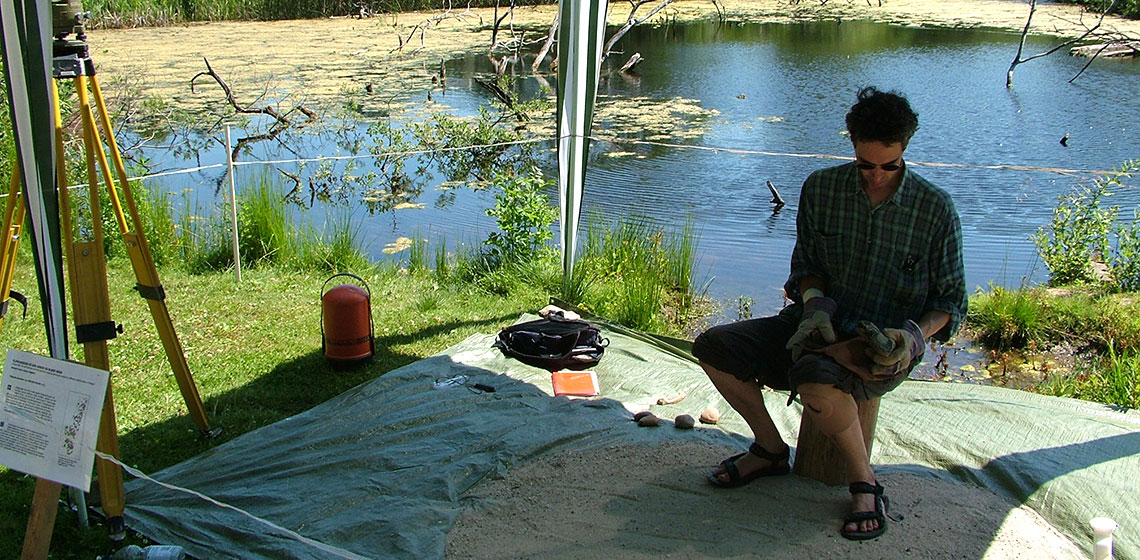Denmark
Book Review: Experimental Archaeology – Between Enlightenment and Experience by Petersson and Narmo
Obituary: Ole Crumlin-Pedersen (24 February 1935 - 14 October 2011)
On 14 October 2011, Ole Crumlin-Pedersen passed away after a long period of illness, aged 76. Ole Crumlin-Pedersen, born 24 February 1935 in Hellerup, Denmark dedicated his life to maritime cultural heritage, maritime archaeology and old ships...
Varus and the Lost Legions in Sagnlandet Lejre - A Re-enactment Success?
In July 2009 a battle took place in Sagnlandet Lejre, in the heart of Zealand in Denmark. The battle was a dramatized re-enactment of the historical battle of Teutoburg forest in Niedersachsen in the year 9 AD - also known as the Varus Battle. Why should such a re-enactment event take place in Denmark - over 100 kilometres from the presumed site of the historic battle?...
The Experiment and the Umbrella - 10 Years of Experimental Archaeology
Interview: Sensing History with Hans-Ole Hansen
An interview with Hans-Ole Hansen, founding father of the Lejre Research Centre (DK), historical workshops and inspirer to many.
"In Lejre, we worked 30 years with education and experiment. There is always an exchange between education and research."...





